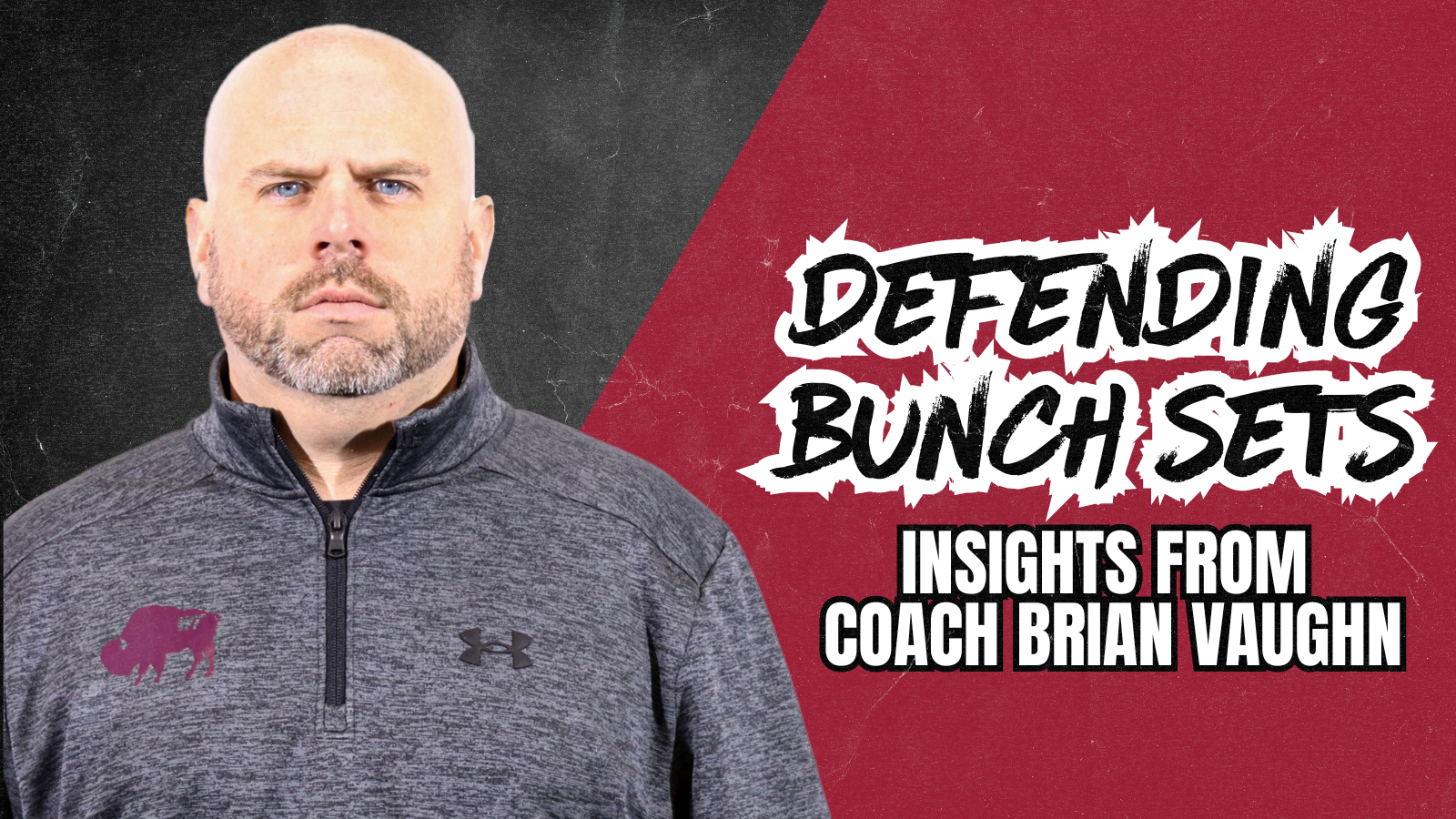
Brian Vaughn, creator of the renowned Blitzology website, a treasure trove of resources for football coaches, joined us on the Accelerate Everything Series. With over a decade of collegiate coaching experience, Brian is currently the linebackers coach at West Texas A&M University. Here’s what he shared as he and Dub Maddox dove into the complexities of defending bunch sets, drawing on Brian’s expertise.
The Challenge of Condensed Formations
When discussing condensed formations or bunch sets, Brian Vaughn emphasizes the need for expanded defensive verbiage. Modern offenses vary receiver alignments more than ever, from extreme splits to the tightest compressions. Defenses must adapt their terminology to describe these formations accurately, ensuring effective communication in practice and games.
Key Considerations:
- Defining Condensed: Understand how tightly receivers are aligned to the core. Are they within a yard, two yards, or four yards? The alignment significantly impacts defensive strategy.
- Formation Analysis: Identify whether the condensed formation is on one or both sides of the formation and the role of tight ends.
- Communication: Develop precise terminology to describe these alignments in scouting reports and game plans, facilitating clear and efficient communication with players.
Thresholds of Spacing and Defensive Stress
Finding the spacing that creates the most stress on the defense is crucial. Vaughn highlights the importance of understanding the thresholds of receiver alignment that challenge defensive structure, especially for the apex or overhang player. Key factors include:
- Leverage and Compression: When receivers are tightly aligned, defenses aim to leverage the formation by positioning players outside to force the ball back inside. However, offenses can exploit this by blocking outside defenders and running inside.
- Crack Blocks and Pullers: Tight splits facilitate effective crack blocks, allowing offensive linemen to reach defensive backs, creating mismatches. Defenses must prepare to counter these scenarios.
- Outside vs. Inside Leverage: Balancing outside and inside leverage is critical. Outside leverage can be exploited by inside runs, while inside leverage risks the ball getting outside and creating long runs.
Strategic Adjustments and Versatility
1. Leverage and Stemming: Show outside leverage to entice offenses to run inside, then stem back inside to counter. Post-snap adjustments and changing leverage during the cadence can disrupt offensive timing and execution.
2. Diverse Personnel Use: Incorporate corner blitzes and other pressure concepts to change the point of attack and keep the offense guessing. Adjust who is involved in the run fit and vary defensive looks.
3. Split Adjustments: As splits widen, shift defensive leverage from outside to head up or inside, adapting to the changing threats. Tight splits may warrant outside positioning, while wider splits call for inside leverage.
Training and Muscle Memory
Training players to handle varied alignments is essential. Vaughn emphasizes the importance of teaching muscle memory for different drop depths. Players must practice and internalize what different depths feel like to execute effectively during games.
Training Techniques:
- Field Markings: Use field markings to teach drop depths without relying on yard lines. For example, practicing drops from the sideline to the bottom of the numbers helps players understand and feel specific distances.
- Repetition and Feedback: Continuously practice drops and provide feedback to ensure players understand different depths accurately. This prevents errors and enhances game-time performance.
Conclusion
Defending bunch sets requires strategic adjustments, clear communication, and rigorous training. By expanding defensive terminology, understanding leverage thresholds, and training players effectively, defenses can adapt to the challenges posed by modern condensed formations. Coach Brian Vaughn’s insights provide a roadmap for developing a versatile and resilient defensive strategy against bunch sets, ensuring teams are prepared to counter the complexities of today’s offenses.
Listen to the entire episode:
Accelerate Everything – Brian Vaughn, LB Coach, West Texas A&M
Read Coach Vaughn’s Blitzology blog.


